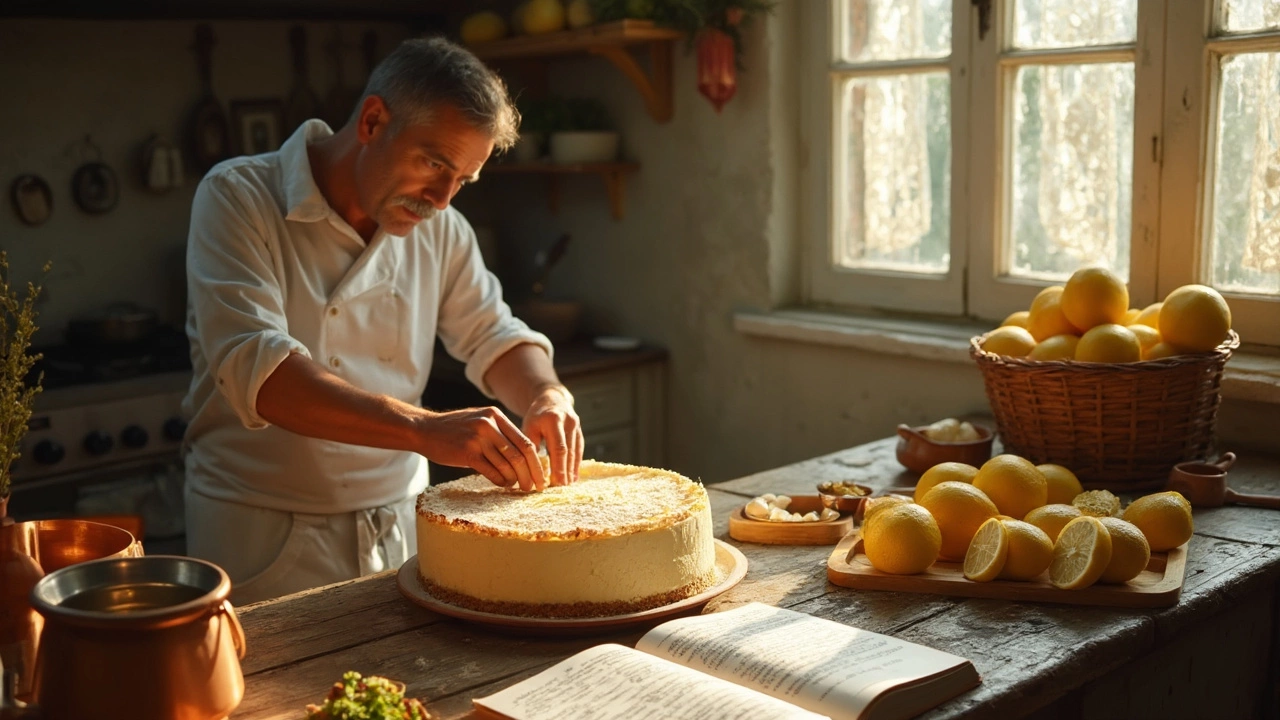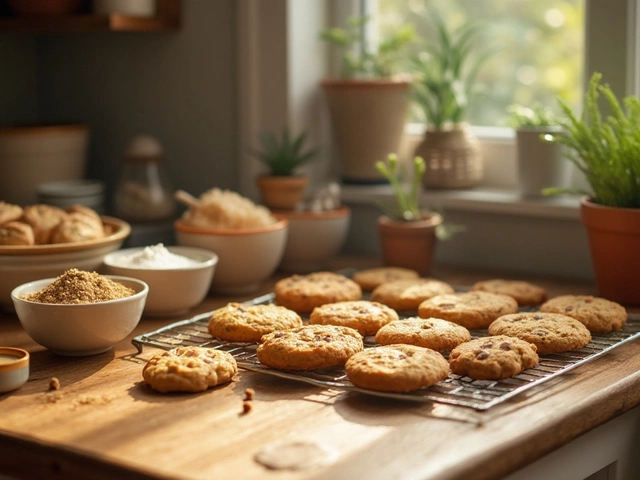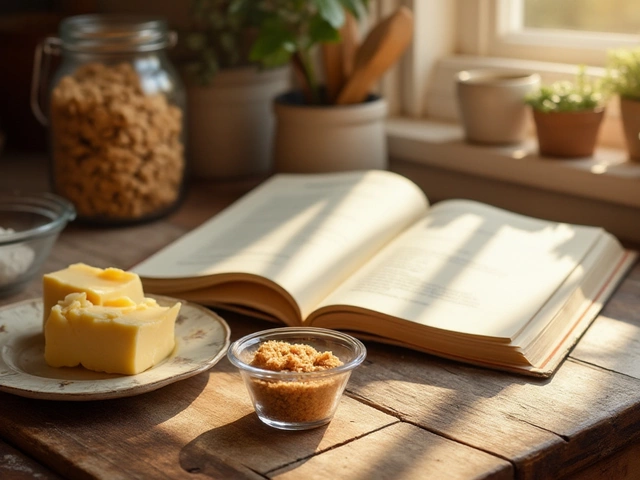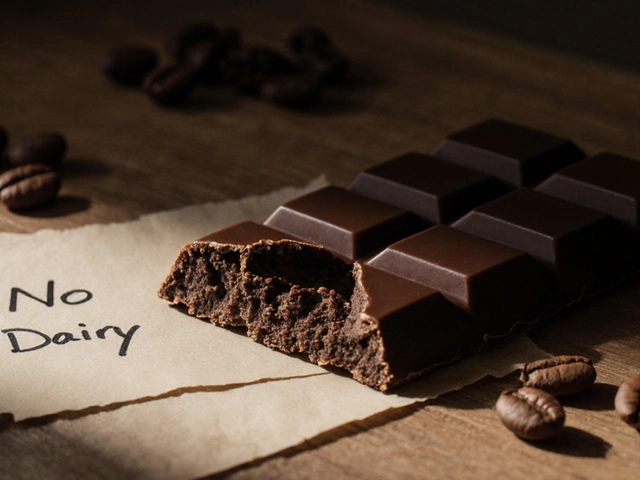How to Make a Classic Regular Cheesecake – Simple Guide
If you’ve ever wondered why some cheesecakes are super smooth while others crack or feel grainy, you’re in the right place. A regular cheesecake is basically a creamy, tangy cake that sits on a simple graham‑cracker crust. No fancy flavors, just the basics done right. In this guide you’ll get the exact ingredients, the easy method, and a few tricks to avoid the common pitfalls.
Ingredients You’ll Need
First, gather everything before you start. Having the right ratios makes a big difference.
- 200 g (about 2 cups) graham‑cracker crumbs or digestive biscuits, finely crushed
- 85 g (6 tablespoons) melted butter for the crust
- 900 g (4 cups) cream cheese, room temperature
- 200 g (1 cup) granulated sugar
- 3 large eggs, at room temperature
- 125 ml (½ cup) sour cream
- 1 teaspoon pure vanilla extract
- ¼ teaspoon salt
That’s it – no extra flavors needed. If you want a slightly richer bite, you can swap half the cream cheese for ricotta, but stick to the basics for a true regular cheesecake.
Step‑by‑Step Baking Guide
1. Prep the crust. Mix the crumbs with melted butter until the texture feels like wet sand. Press the mixture firmly into the bottom of a 23 cm (9‑inch) spring‑form pan. Chill in the fridge while you work on the filling; this helps the crust stay firm.
2. Beat the cream cheese. Use a handheld or stand mixer on low speed. Scrape the sides often. When the cheese looks smooth, add the sugar and keep mixing for about a minute. Over‑mixing can incorporate too much air, which leads to cracks later.
3. Add eggs one at a time. Crack each egg into the bowl, mix just until blended. Stop the mixer as soon as the egg disappears – you don’t want a fluffy batter.
4. Fold in sour cream, vanilla, and salt. Use a spatula and mix gently. This step adds a bit of tang and keeps the texture moist.
5. Bake with a water bath. Wrap the bottom of the spring‑form pan with foil to prevent water seeping in. Place the pan in a larger roasting dish and fill the dish with hot water until it reaches halfway up the cheesecake side. Bake at 160 °C (325 °F) for 45‑55 minutes. The center should jiggle slightly but not look liquid.
6. Cool slowly. Turn the oven off, crack the door, and let the cheesecake sit for an hour. Then refrigerate for at least 4 hours, preferably overnight. Slow cooling stops sudden temperature changes that cause cracks.
These steps give you a dense yet creamy bite that melts in your mouth. If you end up with a tiny crack on top, just drizzle a bit of fruit sauce or caramel – it hides the flaw and adds flavor.
Now you have a reliable recipe for a regular cheesecake you can serve plain, with fresh berries, or a simple fruit compote. The key is using room‑temperature ingredients, avoiding over‑mixing, and giving the cake time to cool gradually. Happy baking!

Italian Cheesecake vs Regular Cheesecake: The Real Differences Explained
Ever wondered why Italian cheesecake tastes so different from the classic slice you get at most bakeries? This article breaks down what really sets authentic Italian cheesecake apart from regular cheesecake. You'll learn about different cheeses, textures, and even a few tips on baking. Get the inside scoop on these two crowd-pleasers so you can pick (or bake) your perfect slice. If you love cheesecake, you’re in for some tasty details.
View More




